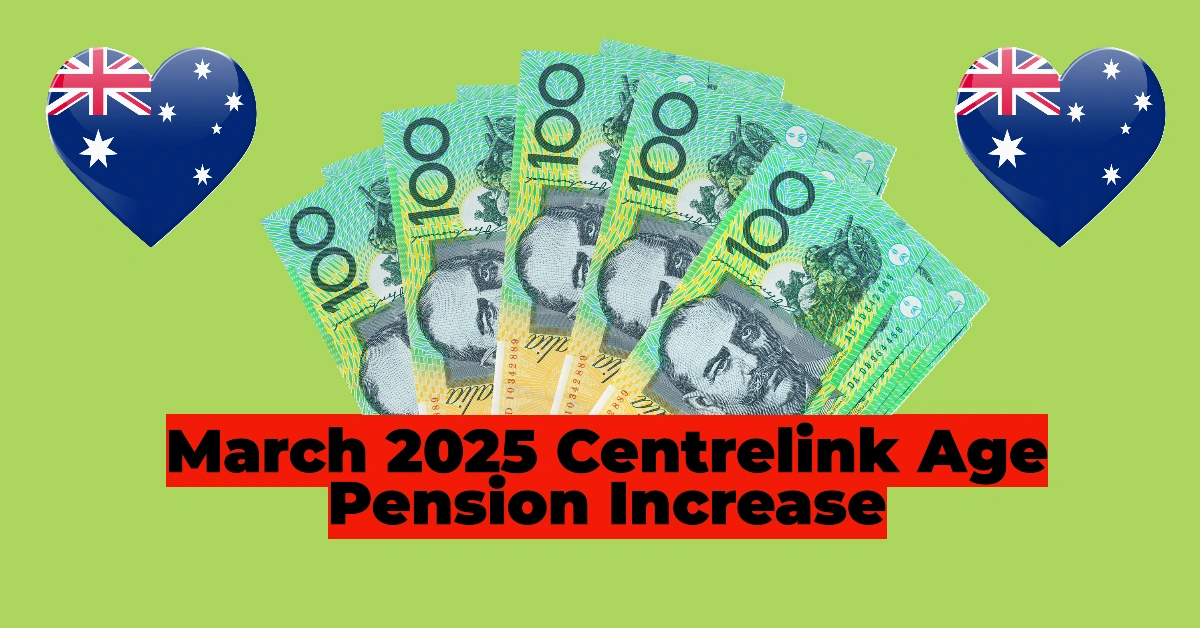

Canada is widely recognized for its balanced economic policies, but like many other countries, it faces challenges such as inflation and slowing GDP growth. In response to these global economic pressures, Canada has introduced several changes to its financial and retirement programs for 2024. These updates aim to provide additional support to Canadians, especially those planning for retirement. Below, we break down the confirmed changes to CPP, RRSP, TFSA, FHSA, AMT, and OAS, and how they might affect you.
Table of Contents
Changes to the Canada Pension Plan (CPP)
The Canada Pension Plan (CPP) is a crucial part of retirement planning for millions of Canadians. For 2024, the contribution rates and benefit limits have increased:
- The maximum annual pensionable earnings have been raised from $3,754.45 to $3,867.50.
- Self-employed individuals, who contribute to both portions of the CPP, will face double the contribution requirements compared to employees.
These adjustments ensure the CPP continues to provide financial security for retirees while reflecting changes in inflation and wage growth.
Registered Retirement Savings Plan (RRSP) Updates
The RRSP remains a key retirement savings vehicle in Canada. For 2024:
- The annual contribution limits are tied to 18% of the previous year’s income, capped at the maximum threshold set by the CRA.
- Employers play a significant role in supporting employees’ retirement goals by contributing to their RRSP accounts.
Employees and self-employed individuals should review their savings strategies to maximize tax-deferred growth opportunities under the RRSP framework.
Tax-Free Savings Account (TFSA) Contribution Limit Increase
The TFSA is a popular tool for tax-free investing and saving:
- The total lifetime contribution limit (since its introduction in 2009) has increased to $95,000 for individuals who have never contributed.
- The annual contribution limit remains subject to CRA guidelines, allowing Canadians to grow their savings tax-free.
This increase provides individuals with more flexibility to save for long-term goals without worrying about taxes on their investment earnings.
First Home Savings Account (FHSA) Adjustments
The First Home Savings Account (FHSA) is designed to assist first-time homebuyers:
- The annual contribution limit is $8,000, with a lifetime contribution cap of $40,000.
- Combined contributions across eligible years can total up to $48,000 if the limits are maximized.
This program provides a significant opportunity for Canadians to save toward homeownership in a tax-advantaged manner.
Alternative Minimum Tax (AMT) Changes
The Alternative Minimum Tax (AMT) system ensures high-income earners pay a minimum level of taxes by limiting certain deductions. For 2024:
- The AMT rate has been increased from 15% to 20.5%.
- This change aims to balance tax fairness while encouraging taxpayers to carefully plan their deductions.
The revised AMT system ensures equitable tax contributions while maintaining opportunities for tax-efficient planning.
Old Age Security (OAS) Enhancements
The Old Age Security (OAS) program provides support to seniors aged 65 and older. For 2024:
- The maximum annual OAS payment will increase from $66,000 to $68,500.
- This increase reflects the government’s commitment to assisting seniors with rising living costs.
Eligibility for OAS depends on factors such as age, residency, and income, so seniors are encouraged to verify their qualifications with the CRA.
Benefit Payment Dates for 2024
Understanding the payment schedule for federal benefits is essential for budgeting. The CRA has released the payment dates for key benefits, including CPP, OAS, and others, ensuring Canadians receive their payments promptly in 2024.
CPP Payments to Rise by 2.7% in 2025: What Retirees Need to Know
Major Updates for CPP, OAS, GIS, RRSP, and Pensions in January 2025: What You Need to Know
TFSA Contribution Limit Rises for 2025: What You Need to Know
FHSA Investment Strategies: Is Stock Investing Right for You?
Key Takeaways: What Do These Changes Mean for You?
- The updates to CPP, RRSP, TFSA, FHSA, AMT, and OAS are designed to reflect economic conditions and ensure Canadians are better equipped to manage retirement and financial planning.
- Employees and self-employed individuals should reassess their contribution strategies to take advantage of increased limits and tax savings.
- Seniors, especially those relying on OAS, will benefit from enhanced payouts, helping them navigate the rising cost of living.








Leave a Reply